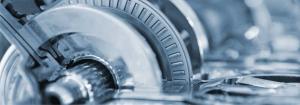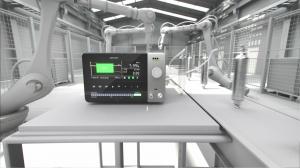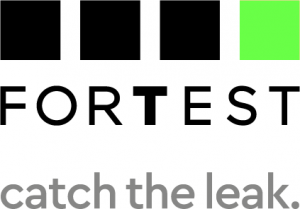Air leak testing for die casting industry
Air leak testing is a critical quality control process in the die casting industry to identify defects in castings such as porosity, cracks, and leaks
MODENA, ITALY, March 2, 2023 /EINPresswire.com/ -- Die casting is a manufacturing process that involves the production of metal parts by injecting molten metal into a mold or die.
The process is widely used in the production of a wide range of products, including automotive parts, consumer electronics, and household appliances. One of the critical steps in the production of die-cast parts is leak testing.
This process involves checking the parts for any defects that can cause leakage, such as cracks, holes, or porosity. In this article, we will discuss some special considerations for leak testing die-cast parts.
1. Type of Metal
The type of metal used in the production of die-cast parts can impact the leak testing process. Different metals have different characteristics, such as melting point, thermal conductivity, and hardness, which can affect the formation of defects. For instance, aluminum alloys, which are commonly used in die casting, have a higher thermal conductivity than other metals, which can lead to higher levels of porosity. Therefore, it is important to consider the type of metal used in the production of die-cast parts when designing the leak test process.
2. Part Design
The design of the die-cast part can also impact the leak testing process. Parts with complex geometries, thin walls, or tight tolerances can be more challenging to test for leaks. For example, thin walls can cause difficulties in detecting leaks due to the small volume of air or water that can be used to pressurize or vacuum the part. Therefore, it is essential to consider the part design when developing the leak testing process.
3. Surface Finish
The surface finish of the die-cast part can also affect the leak testing process. Parts with rough surfaces can make it difficult to seal the part for leak testing. Therefore, it is important to consider the surface finish of the part and the type of sealing method used during the leak testing process.
4. Production Volume
The production volume of the die-cast parts can also affect the leak testing process. For high-volume production, automated leak testing methods are more efficient and cost-effective. However, for low-volume production or for parts that require a high level of precision, manual leak testing methods may be more appropriate. Therefore, it is important to consider the production volume when designing the leak testing process.
5. Leak Detection Method
There are several leak detection methods available for testing die-cast parts, including pressure decay, vacuum decay, and helium leak testing. Each method has its advantages and disadvantages, depending on the type of part, the production volume, and the required level of sensitivity. For example, pressure decay leak testing is a common method for testing parts with large volumes, while helium leak testing is more sensitive and suitable for parts with small volumes or tight tolerances.
Therefore, it is important to select the appropriate leak detection method for the specific requirements of the part.
Leak testing is a critical step in the production of die-cast parts. To ensure the quality and reliability of the parts, special considerations must be made when designing the leak testing process. Factors such as the type of metal, part design, surface finish, production volume, and leak detection method must be carefully evaluated to develop an effective and efficient leak testing process. By doing so, manufacturers can ensure the quality and reliability of their products, and reduce the risk of defects and failures.
This critical quality control process in the die casting industry has the scope to identify defects in castings such as porosity, cracks, and leaks. The testing involves introducing pressurized air into the casting and detecting any leaks using various methods such as pressure decay and bubble emission. The testing can be done manually or automated using automatic leak tester equipment to helps ensure that the castings meet the required quality standards and specifications.
Fabrizio Benatti
ForTest
email us here
Visit us on social media:
Facebook
Twitter
LinkedIn
YouTube
Other
Dual Absolute Leak Testing Equipment
Legal Disclaimer:
EIN Presswire provides this news content "as is" without warranty of any kind. We do not accept any responsibility or liability for the accuracy, content, images, videos, licenses, completeness, legality, or reliability of the information contained in this article. If you have any complaints or copyright issues related to this article, kindly contact the author above.



